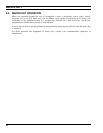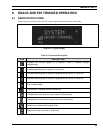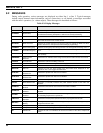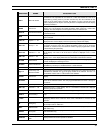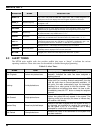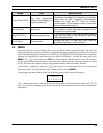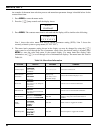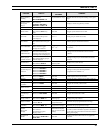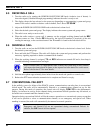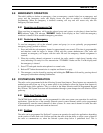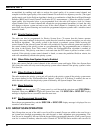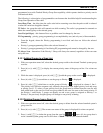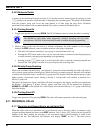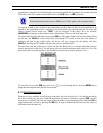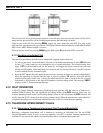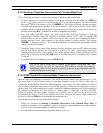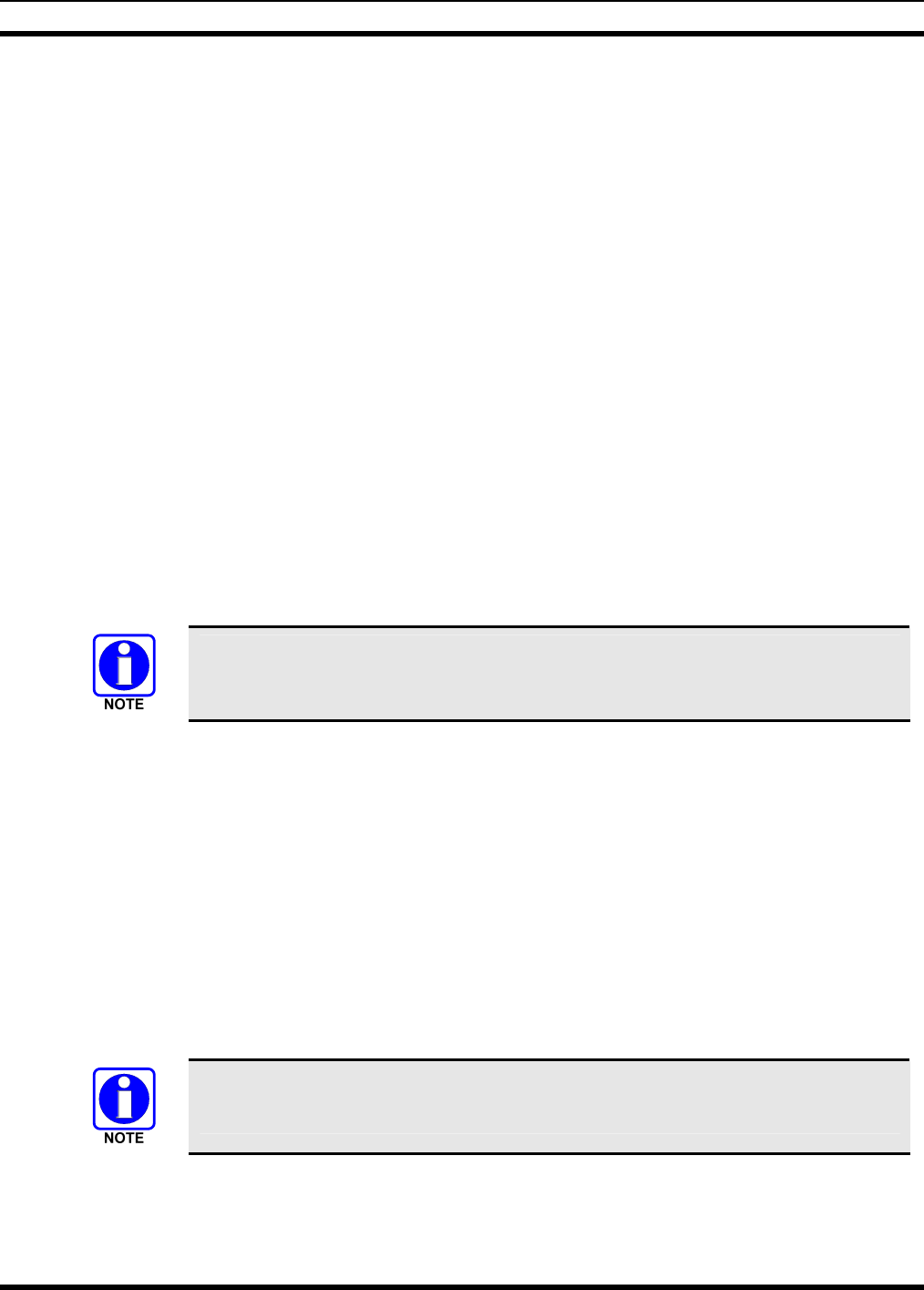
MM23016, Rev. C
62
9.5 RECEIVING A CALL
1. Turn the radio on by rotating the POWER ON-OFF/VOLUME knob clockwise (out of detent). A
short alert signal (if enabled through programming) indicates the radio is ready to use.
2. The display shows the last selected or the power up (depending on programming) system and group
names. If the radio is unable to obtain a control channel, line 2 shows CC SCAN.
3. Adjust the POWER ON-OFF/VOLUME knob to the desired volume level.
4. Select the desired system and group. The display indicates the current system and group names.
5. The radio is now ready to receive calls.
6. When the radio receives a group call, it unmutes on the assigned working channel and the BSY
indicator comes on. Line 1 shows GR followed by the logical ID number (if received) of the unit
sending the message, or the associated name if the ID number is found in the individual call list.
9.6 SENDING A CALL
1. Turn the radio on and set the POWER ON-OFF/VOLUME knob to the desired volume level. Select
the desired system and group.
2. Press and hold the PTT button. The radio will display the system and group names and perform the
necessary signaling required to obtain a communication channel.
3. When the working channel is assigned, TX and BSY indicators are turned ON and a short beep is
sounded indicating communication can begin.
If two or more tones, or a high-pitched tone is heard, the system may be busy and the
call request has been placed in queue or the request has been denied for some reason.
Refer to the Section 9.3 for more details.
4. Hold the microphone approximately three inches from the mouth and speak in a normal voice.
5. Release the PTT button when the transmission is complete and listen for a reply.
9.7 CONVENTIONAL FAILSOFT
In the unlikely event of a failure of the EDACS system, communications can take place in conventional
failsoft mode. The radio will be automatically directed to a communications channel set up for this
purpose. During this mode of operation, the control unit will display CONV FS in the alphanumeric
display. An increase in activity on the channel during conventional failsoft operation may be noticed, so
be careful not to transmit until the channel is clear.
Operation during conventional failsoft will be the same as operation on a conventional system, except that
it will not be possible to select a communications channel, or use emergency and special call. When
trunking is restored, the radio will automatically be returned to normal operation.
Emergency and Special Call are not operational during conventional Failsoft. In
addition, the GRP control will not operate.



